One considerable barrier to establishing hydrogen transportation in Germany is the relatively small number of filling stations that exists across the country. Until the end of 2016, setting up an H2 infrastructure was primarily the task of the Clean Energy Partnership, or CEP for short. This year, responsibility was handed over to H2 Mobility Germany, and while the new management seems deeply committed to the task, the transfer from publicly supported showcase project to private-sector joint venture poses more difficulties than had been expected. H2-international made a trip to the EUREF Campus in Germany’s capital Berlin to see what the company consortium can do for electric transportation.
September 2009 marked the beginning of a new chapter, when nine corporations (Air Liquide, Air Products, Daimler, EnBW, Linde, OMV, Shell, Total, Vattenfall and NOW; see July 2010 issue of HZwei) founded the H2 Mobility initiative. It developed into a joint venture about five years later – one that was established without Air Products, EnBW and Vattenfall. Only a mailbox on Linienstrasse in the middle of Berlin revealed the existence of a corporate entity in early 2015 and Martin Kleinschmitt was only heading H2 Mobility on paper before being quickly replaced by interim manager Frank Sreball (see H2-international September 2016). The clear objective since then has been to set up and operate around 400 H2 filling stations in Germany by the end of 2023.
Motivated staff
Meanwhile, the job of H2 Mobility’s managing director has gone to Nikolas Iwan. During my on-site visit, he presented the consortium as a young enterprise with “highly capable and motivated” staff who “intends to connect more refueling stations to the grid in the next 12 months than have been installed in Germany over the past 15 years.” He did agree that this would still be “a very modest number,” but when the industry consortium “operates more than 60 stations in highly populated urban areas and on freeways in early 2018, the hydrogen transportation market will slowly but surely have started to grow.”
Nikolas Iwan began his career in 2006 as an intern at Shell. He then spent two years working for Shell’s financial department, another two as managing director of a subsidiary and four as the manager of the gas station business in Austria, where he oversaw 260 locations. He became managing director of H2 Mobility in May 2016 and said that it really was “the job he dreamed of” and that it had been “a very rewarding experience.”
…
H2 Mobility has two main business units. The first, Network Delivery, is tasked with identifying locations and constructing stations and is run by Lorenz Jung. The second, Network Operations, is responsible for operations reliability and optimizing refueling stations and is headed by Frank Fronzke.
To identify suitable locations, the Network Delivery team still uses the original CEP planning documents, according to which H2 stations are first to be set up in highly populated urban areas and on the freeway corridors in between them. Currently, the team is working its way through the planned list of refueling stations, with the lion’s share of orders going to consortium members. The businesses central to the supply of gas station technology are Air Liquide and Linde, both of which have concluded blanket orders with H2 Mobility. Iwan explained that contracts had already been negotiated for around 80 percent of purchases to benefit from economies of scale and cut costs.
Considerably fewer locations remain open to other market participants, even foreign ones such as Nel – at least, in theory. But several European suppliers, such as McPhy or ITM, will have little chance of winning bids on those projects. Iwan said that the electrolyzers included in their refueling stations were not in line with the mandate based on which H2 Mobility had been founded.
In March, H2 Mobility accepted …
From CEP to H2 Mobility
In mid-May 2017, there were 27 H2 refueling sites in operation across Germany. H2 Mobility manages seven of them; three were built from the ground up and four were taken over from the CEP. These locations alone have had an availability rating of 100 percent.
Each site offered to H2 Mobility undergoes technical evaluation and an analysis of its economic feasibility. Iwan told H2-international: “We don’t take over refueling stations that fail to meet our list of criteria.” And Andreas Füßel, project manager for the CEP transfer, added: “This isn’t just about handing over some documents.” For example, contracts would need to be drafted to specify rent payments to station operators and the requirements for system access, and so on. To work out those agreements, H2 Mobility holds regular meetings with shareholder representatives.
…
Public-private partnership
One half of the money H2 Mobility spends on constructing the refueling systems comes from shareholders, the other from the government. It’s up to Iwan’s team to select a grant program matching the funds from industry. While the existing CEP locations were subsidized through the National Innovation Program Hydrogen and Fuel Cell Technology, NIP 1, the new ones may be supported not only by NIP 2, but also EU projects COHRS and H2ME.
…
New website, new app
Just recently, on June 12, 2017, a new website called h2-live.de came online. It is said to be tailored specifically to the needs of consumers, educating anyone interested in the technology about hydrogen and refueling options. With it, Iwan intends to establish the website’s freely usable H2 logo (see fig. 1) as a brand that will outlast the H2 Mobility initiative. There is also a new app online for an easier and more comfortable user experience by smartphone. At first, those offerings would only satisfy “basic needs,” as Iwan put it, but things such as mobile payment options would be added at some point.




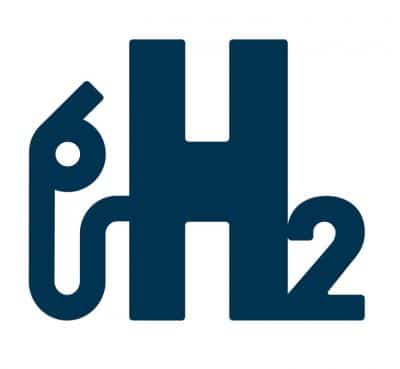

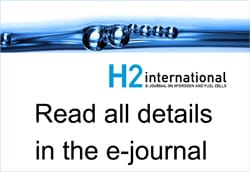
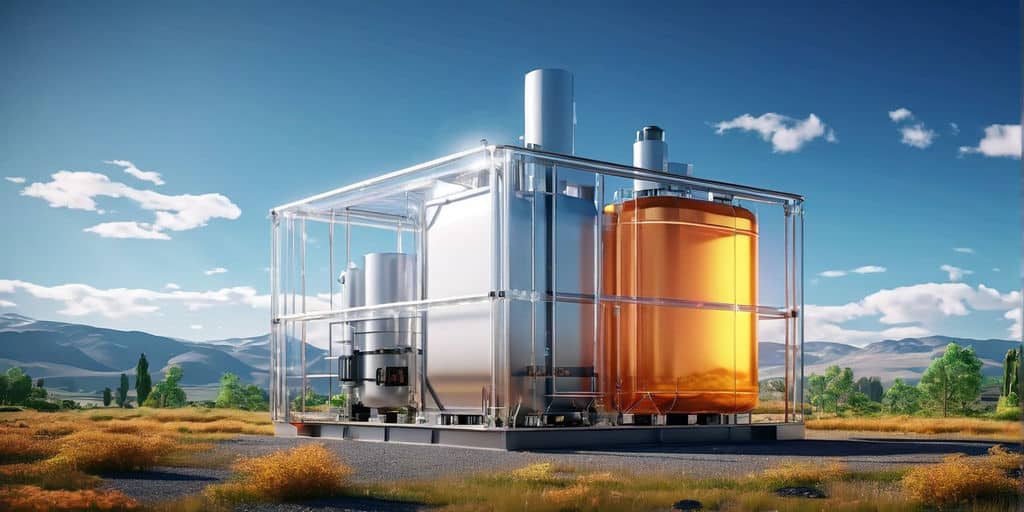
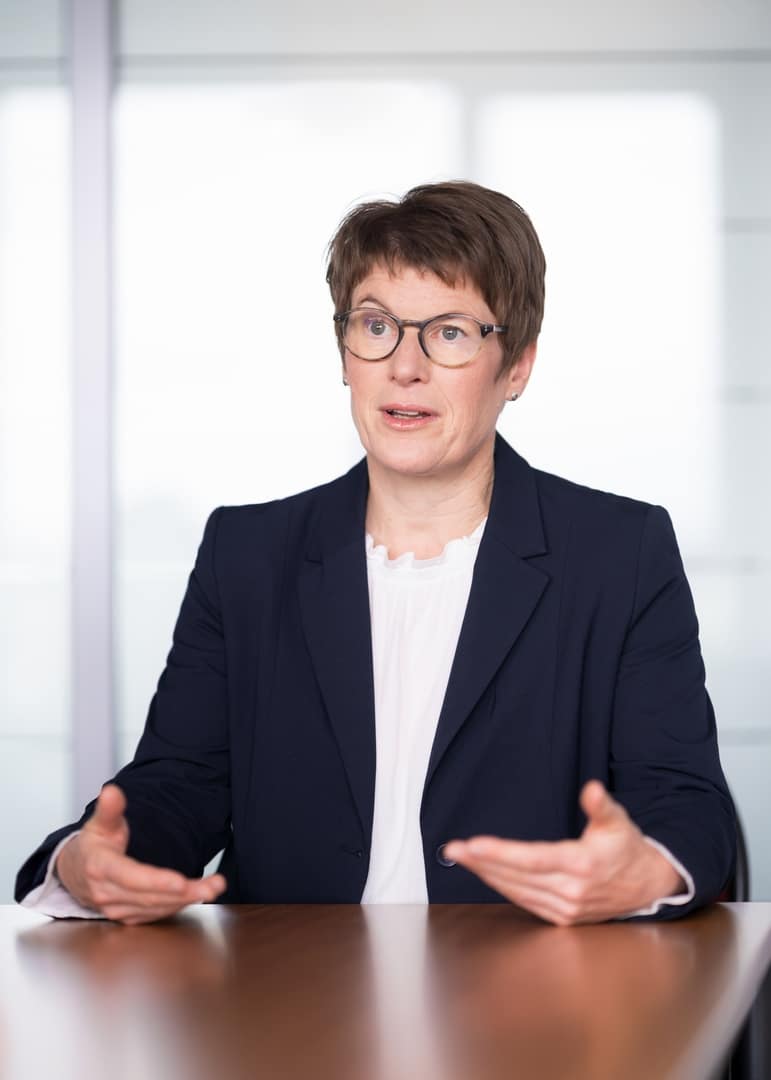
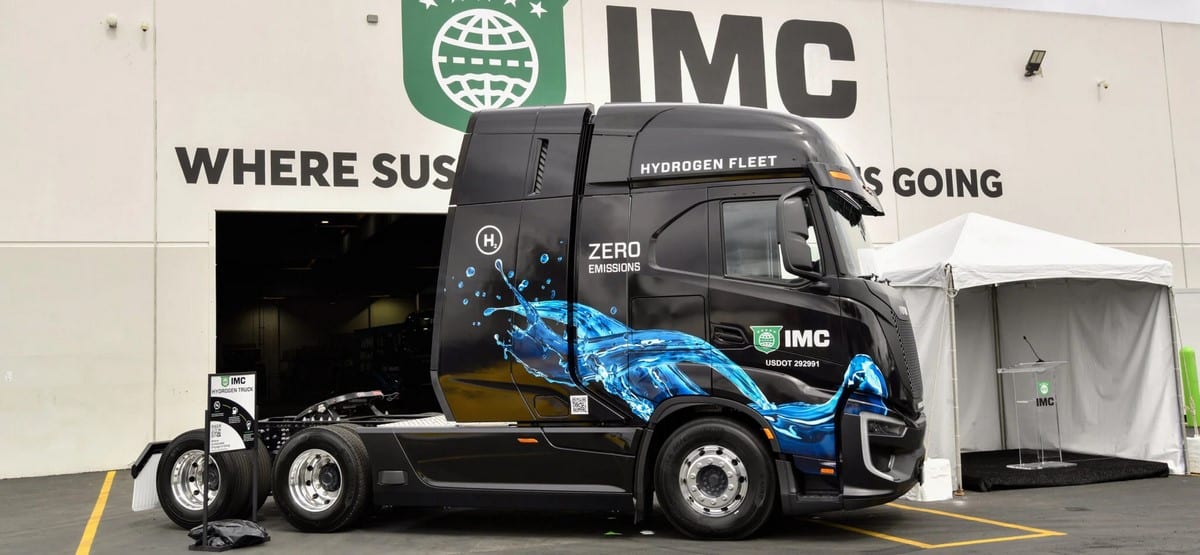
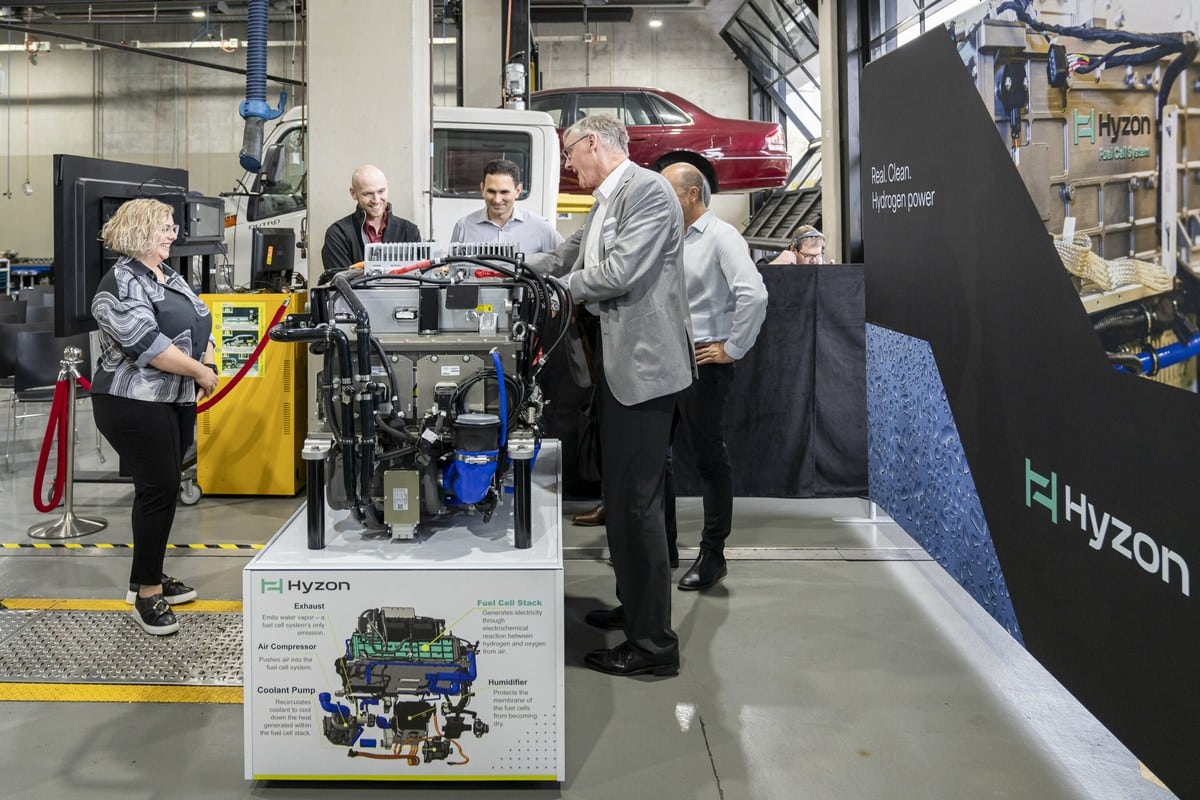
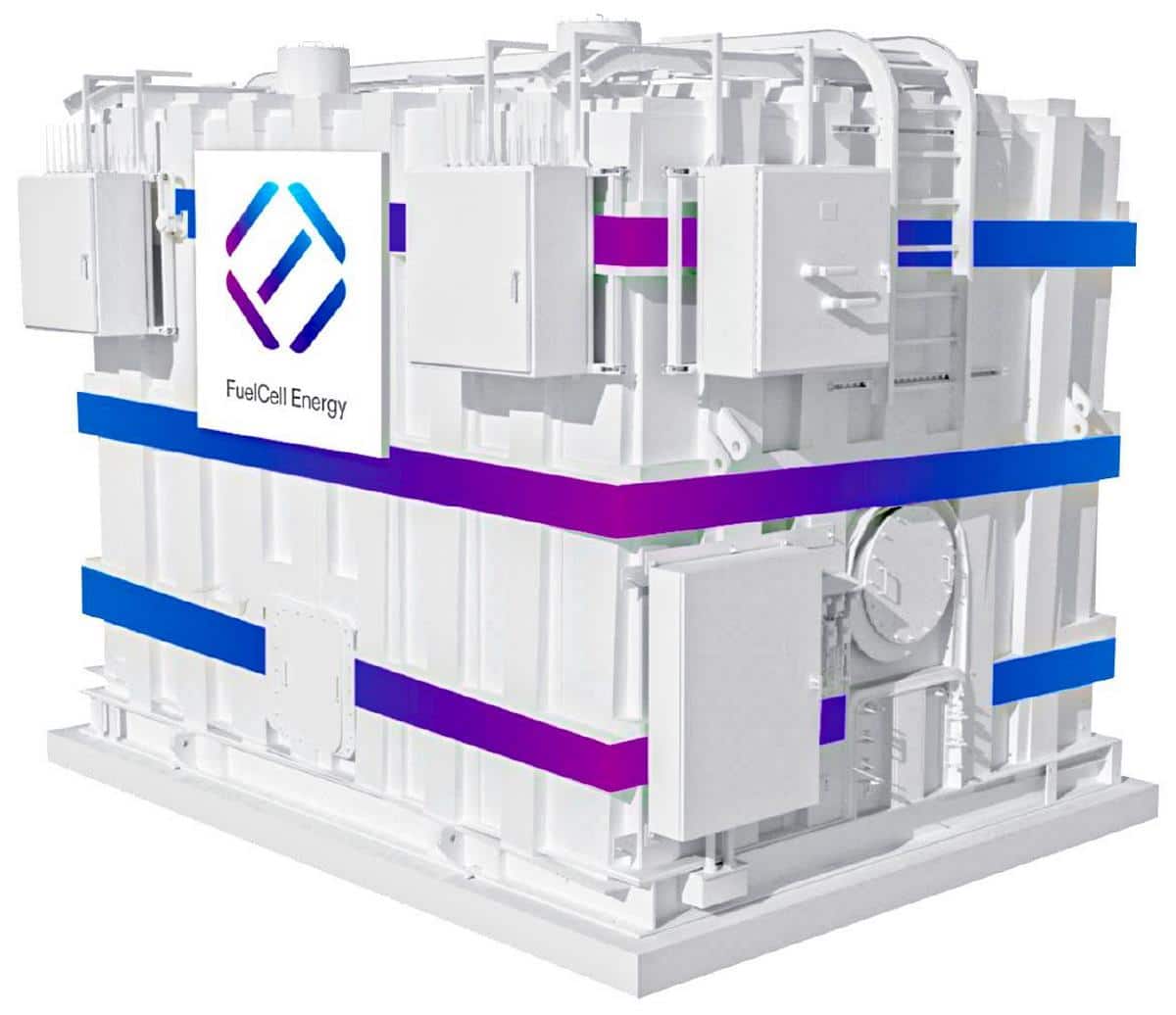
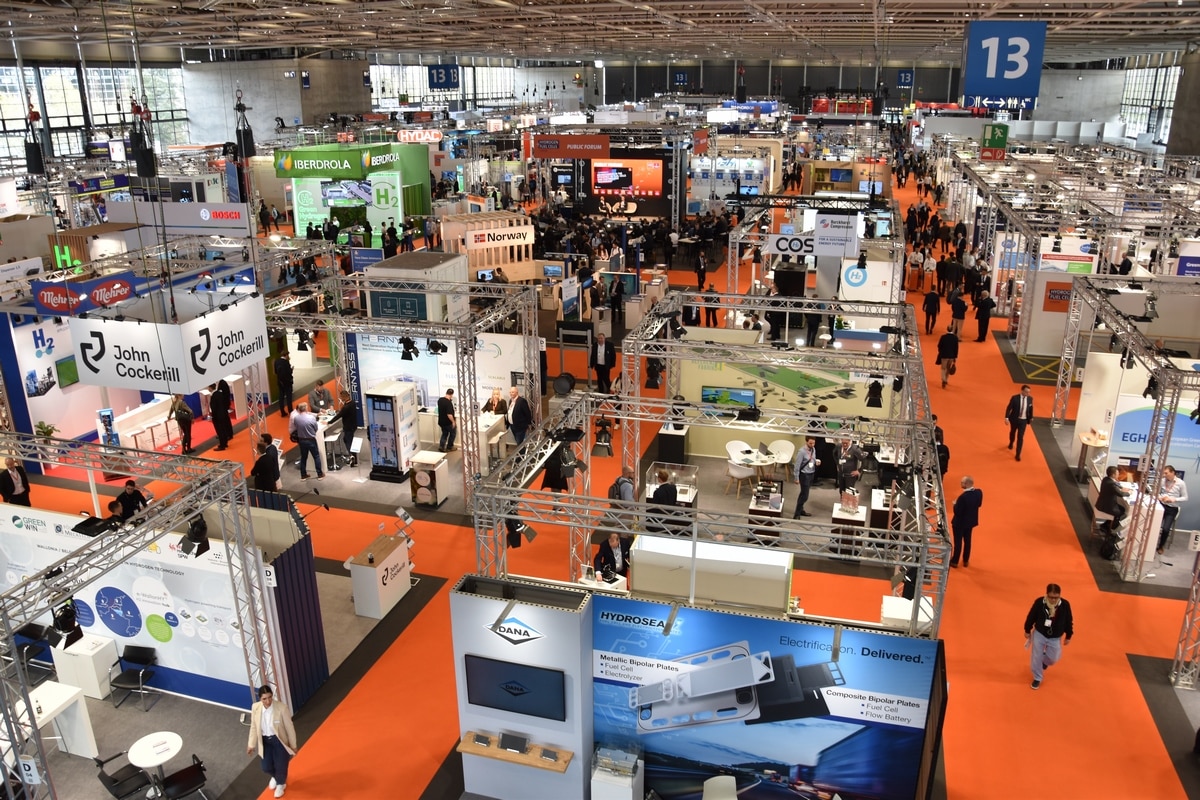
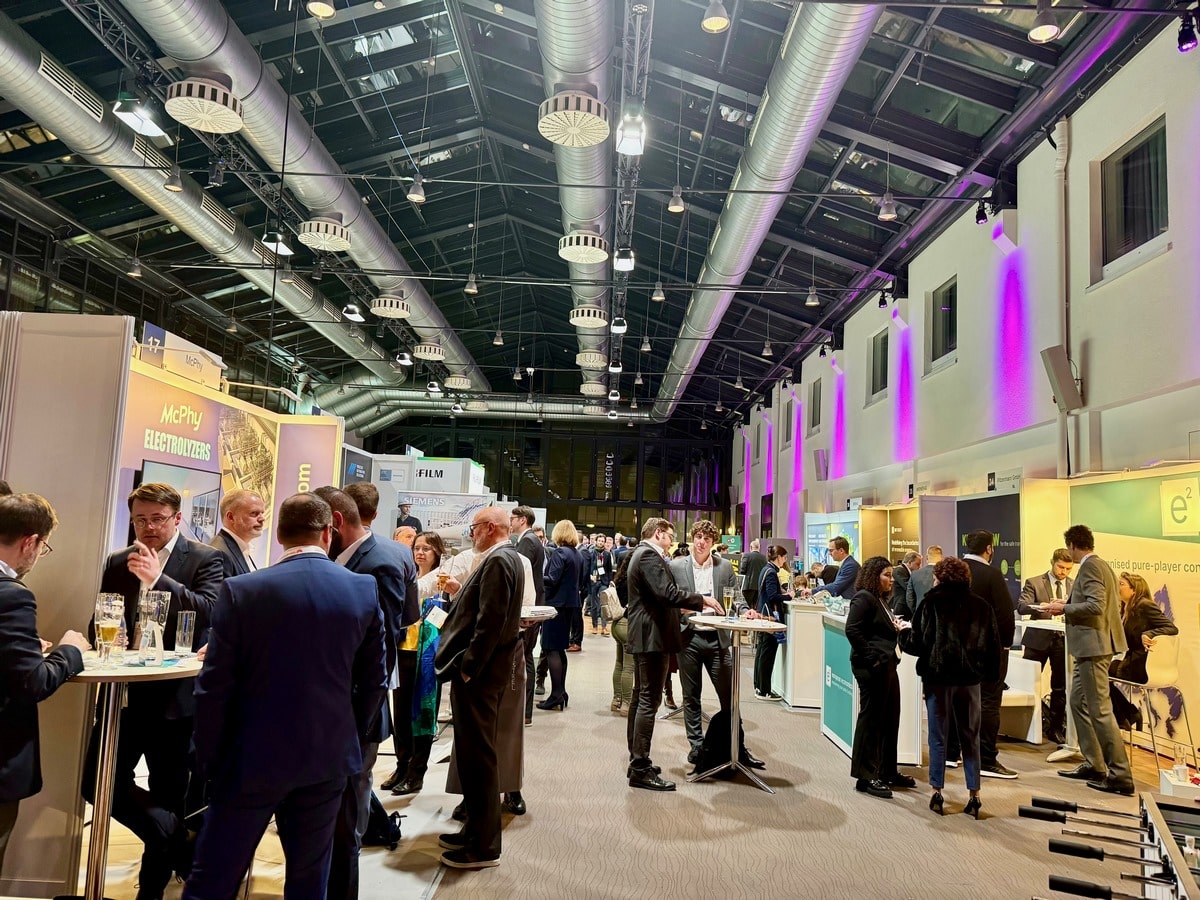
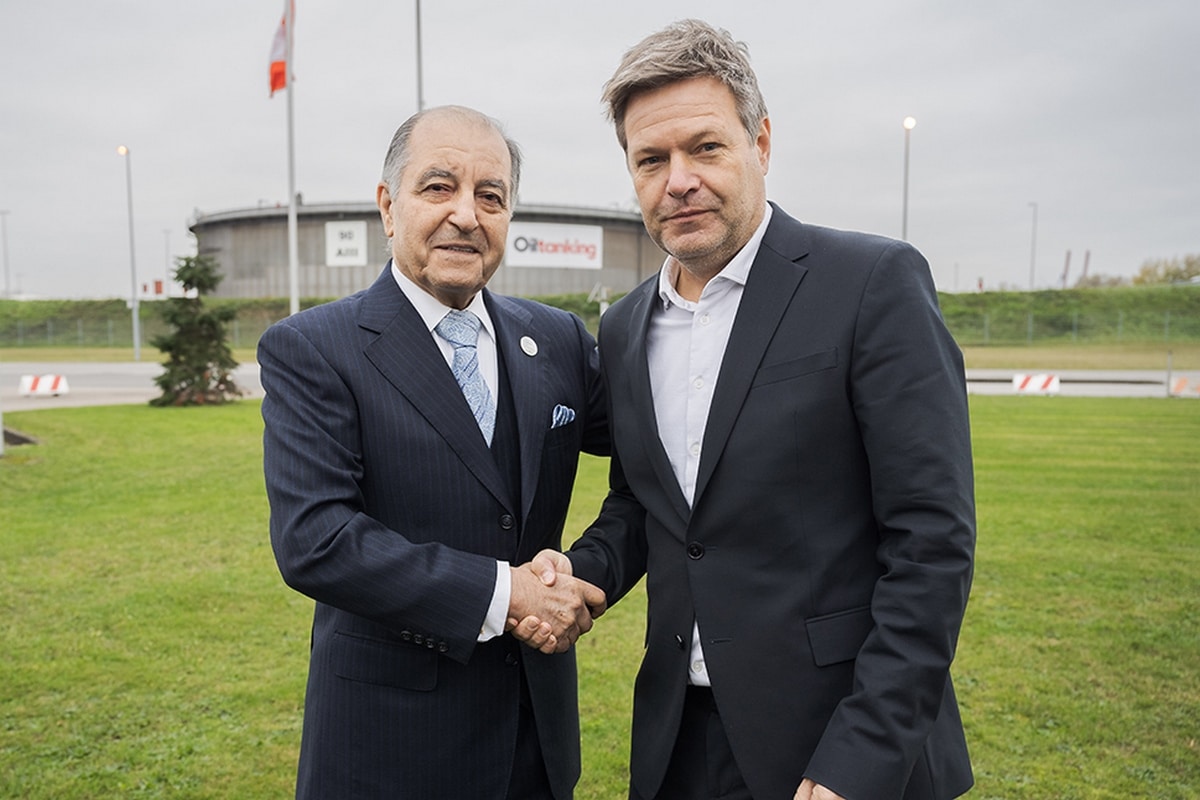
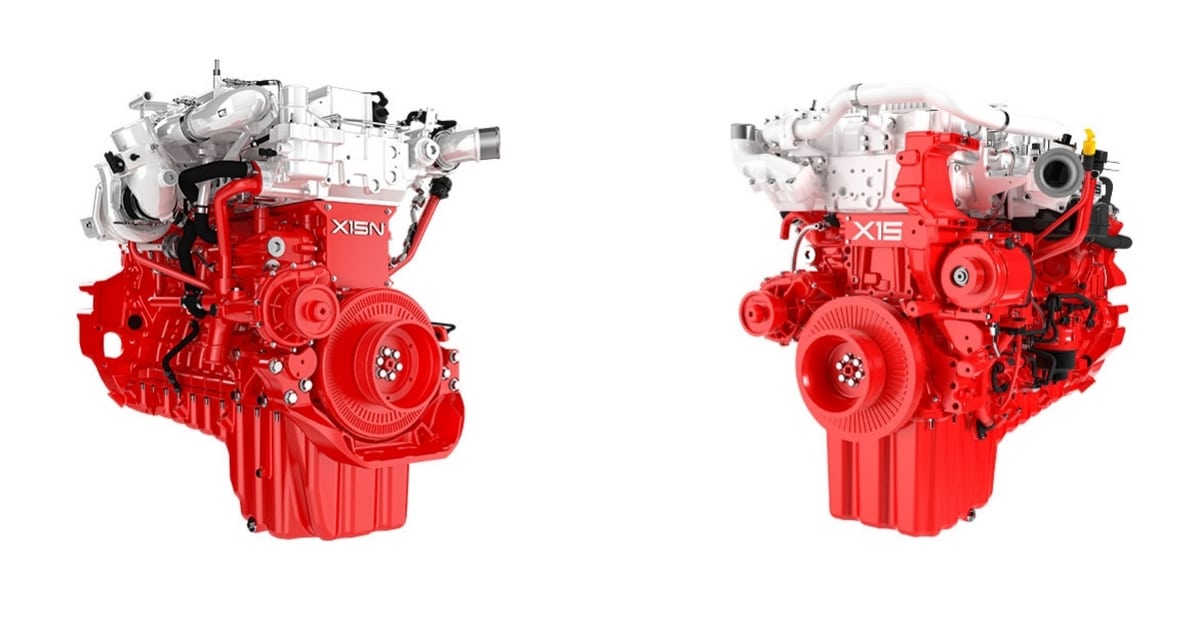
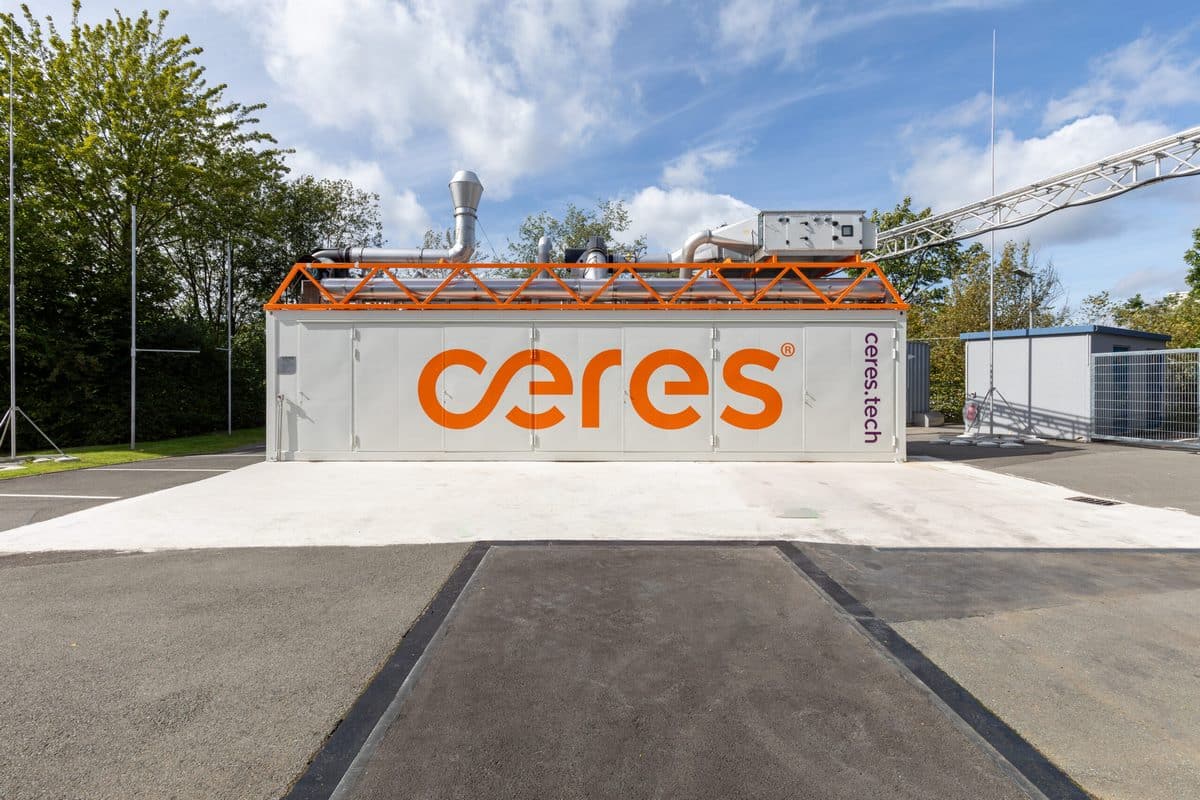

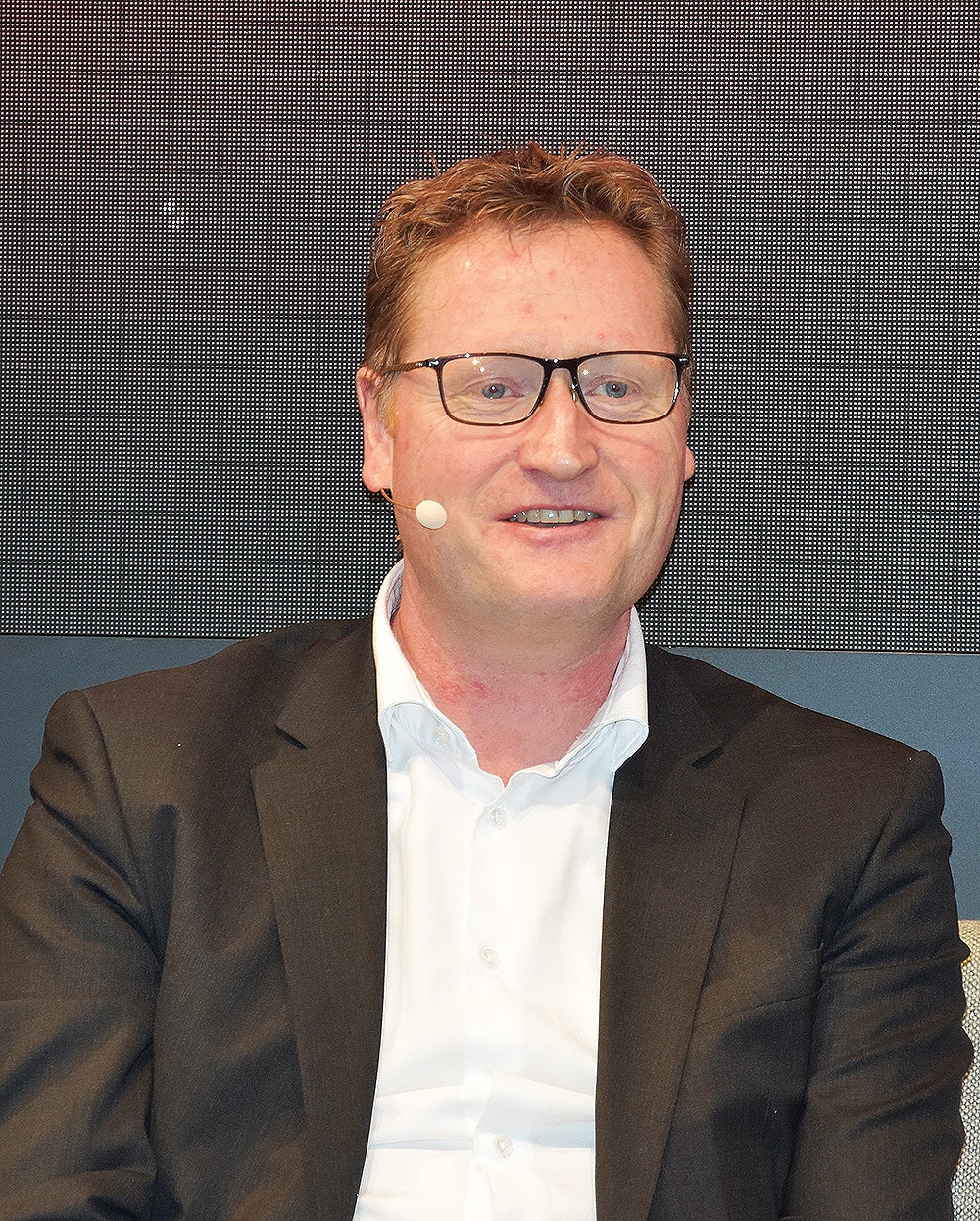
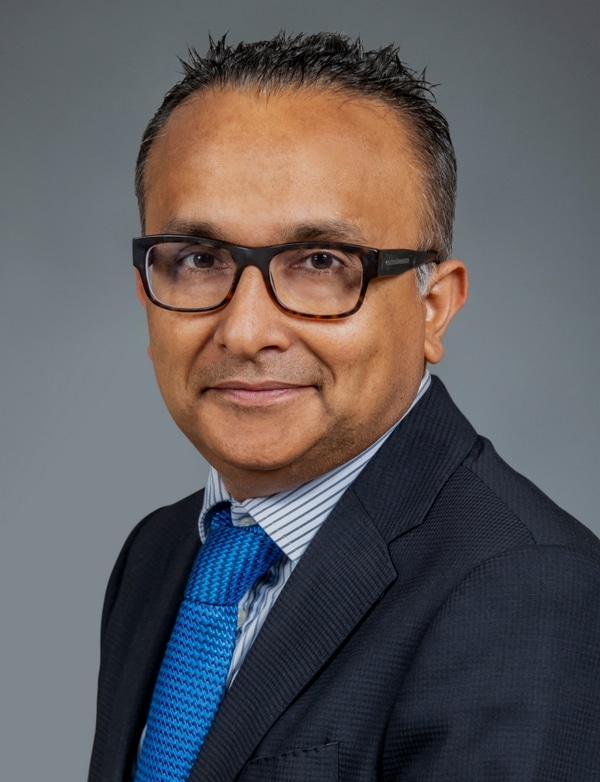

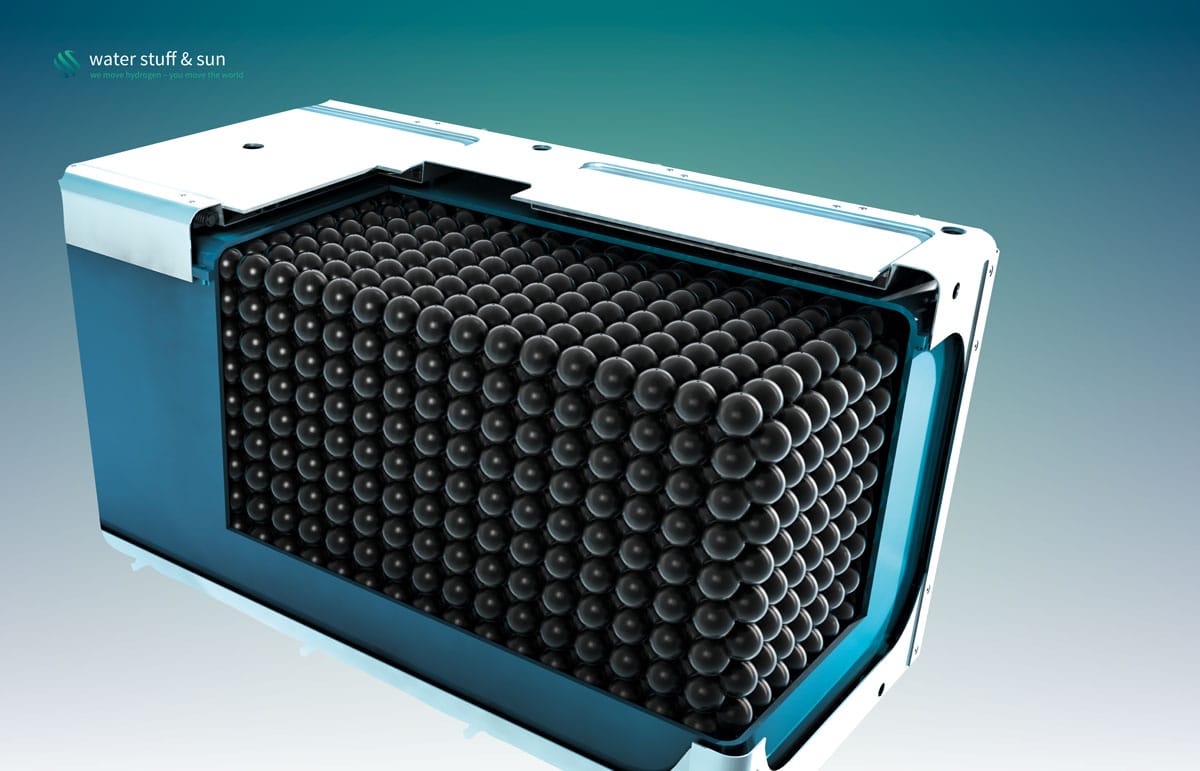
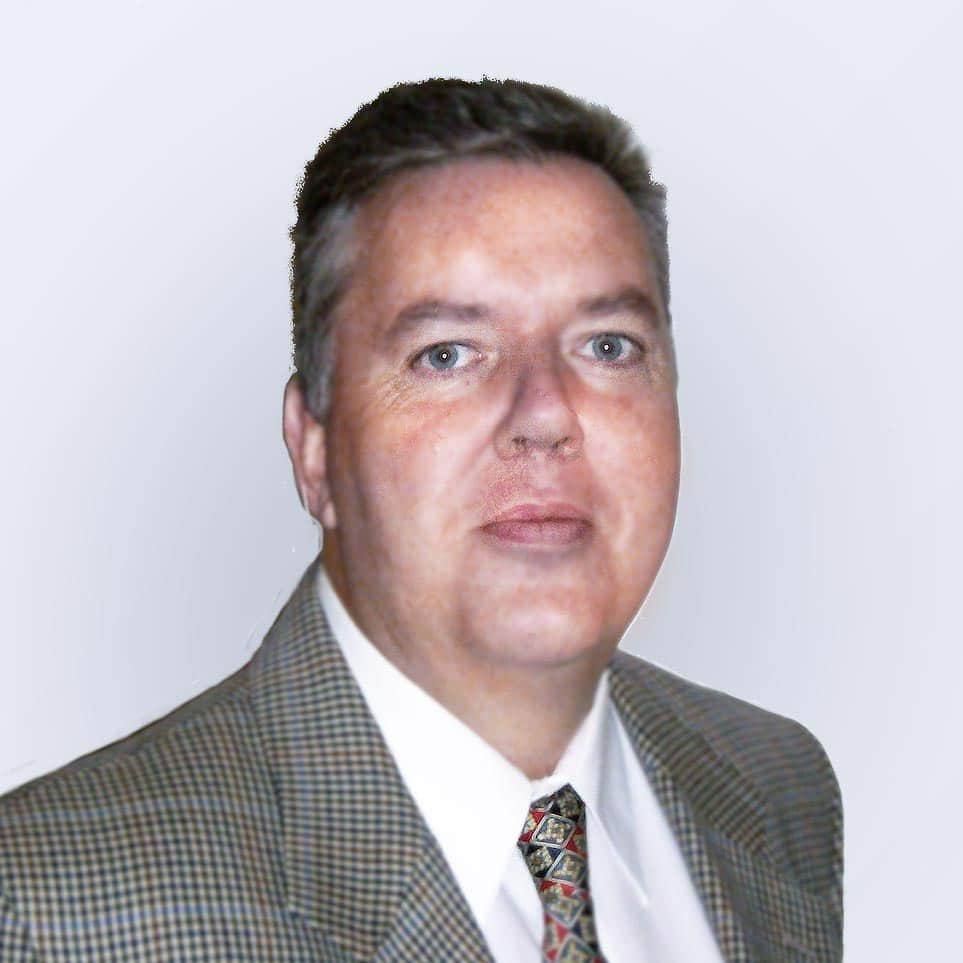
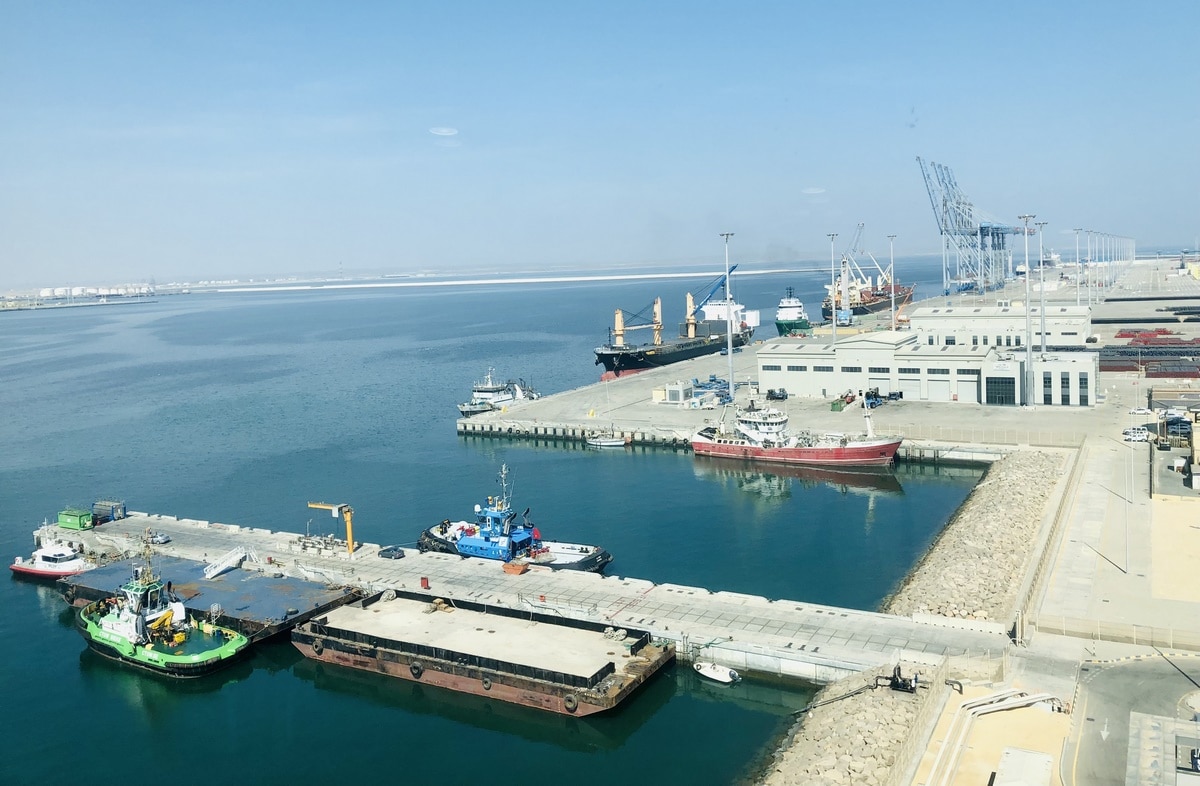
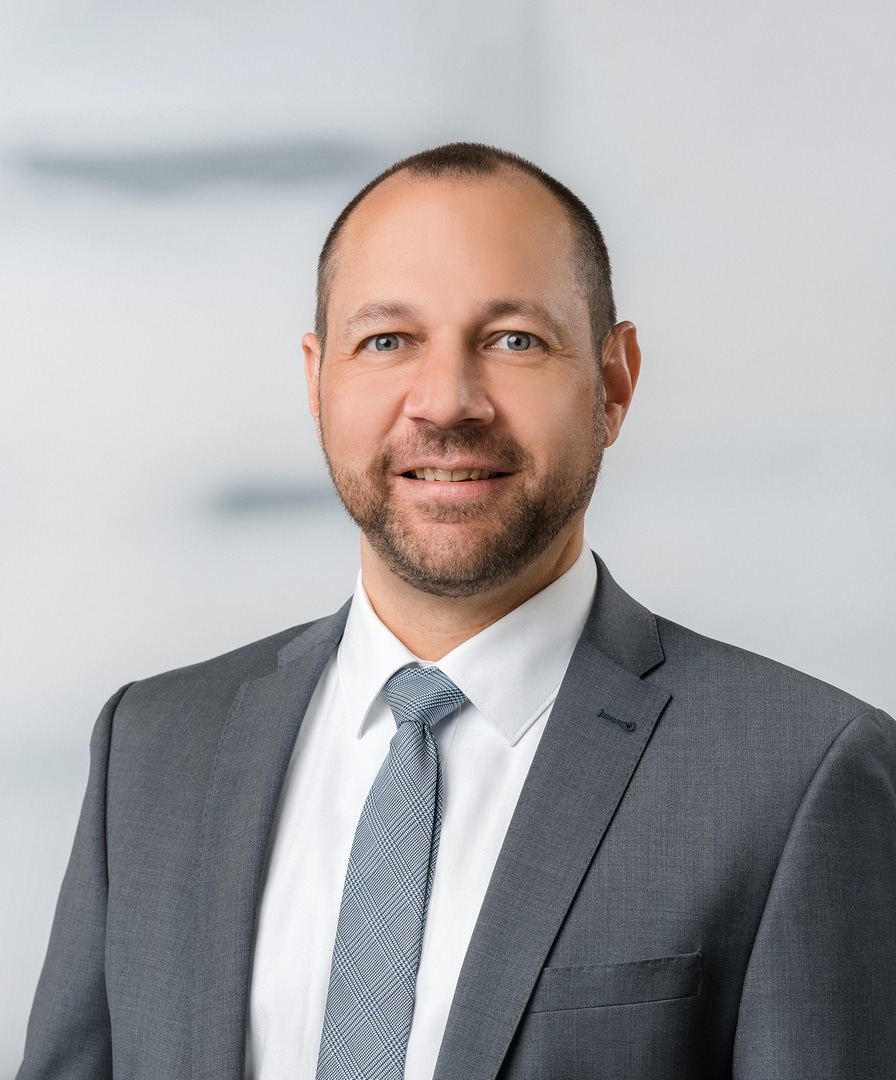
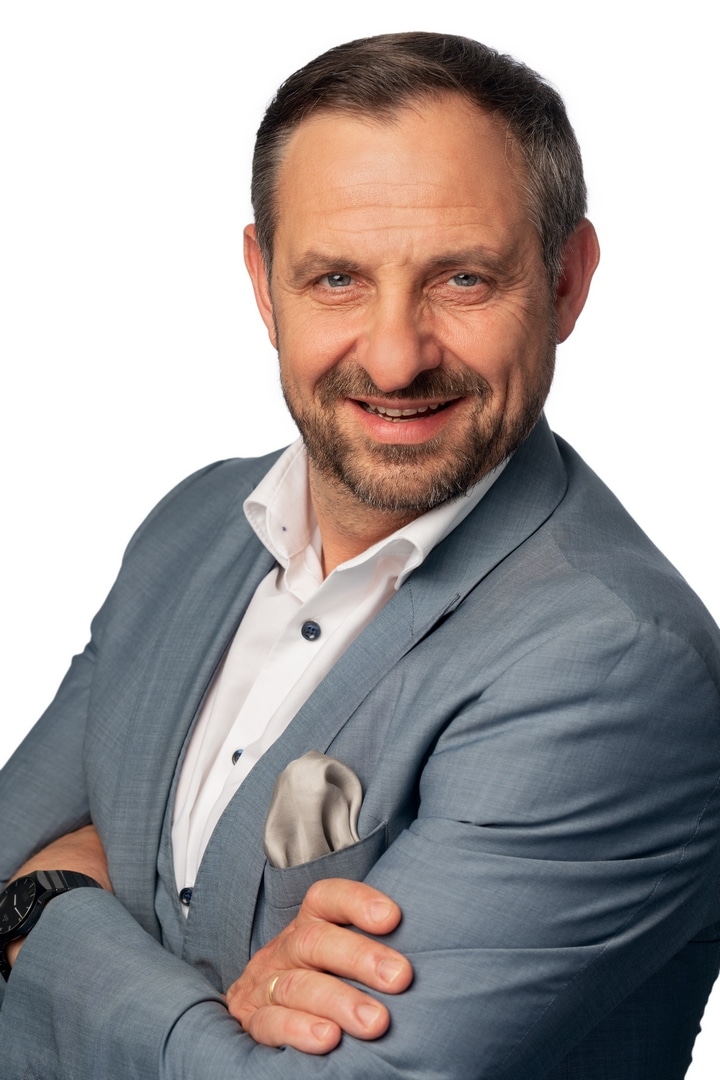
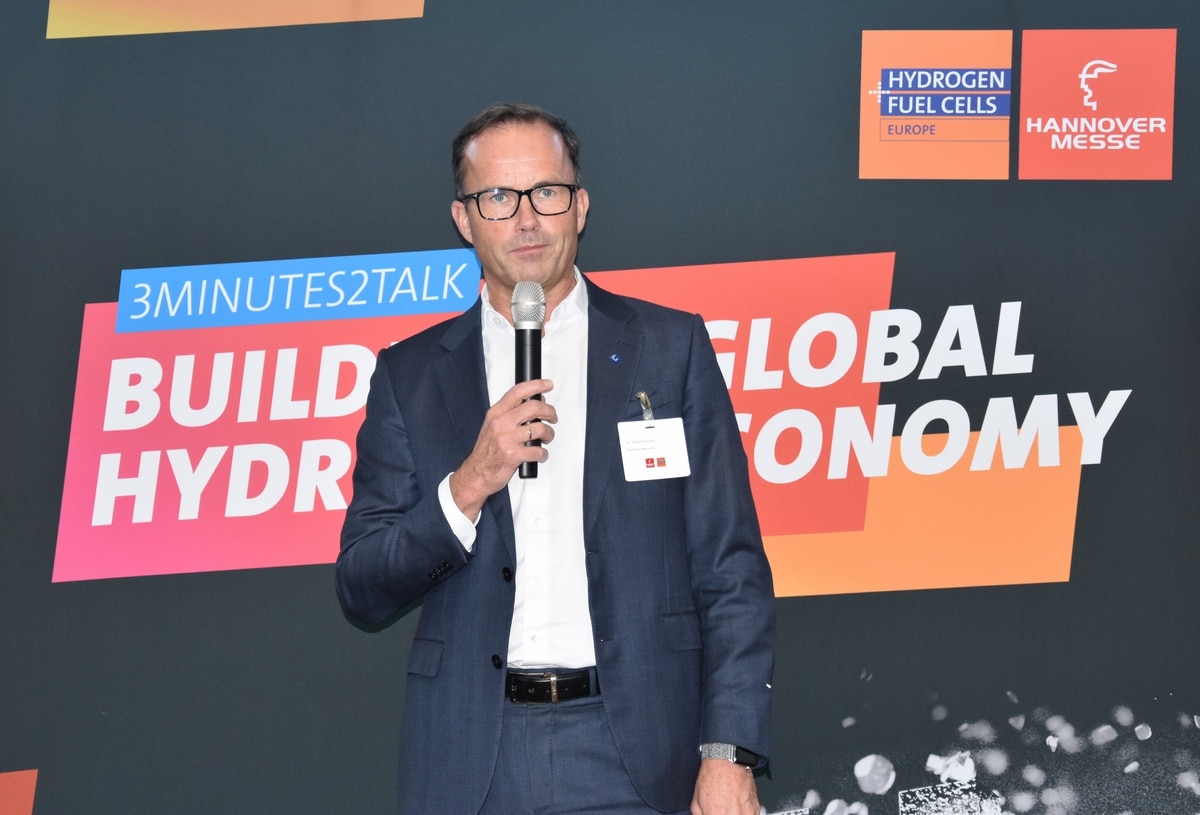
I am wondering, since 1995, why this takes ALL so long?
http://www.hydrogenambassadors.com/projects.html
And I am even more wondering, if “antigovernment” supported institutions
know the right way, as they had so many chances and failed them all.
Maybe we can find the answers soon:
Let us carry on this fruitfully discussion face to face:
We can all meet at the
Hydrogen + Fuel Cells NORTH AMERICA at SOLARPOWER International
September10-13, 2017 @Mandalay Bay Convention Center in Las Vegas, NV, USA.
http://www.h2fc-fair.com/usa/index.html
I will be there.
This event goes back and is based on my original Group Exhibit Hydrogen and Fuel Cells, which I founded on my own, personal initiative, at the annual Hannover Fair in the year 1995 already:
http://www.hydrogenambassadors.com/other/hm95/index.php